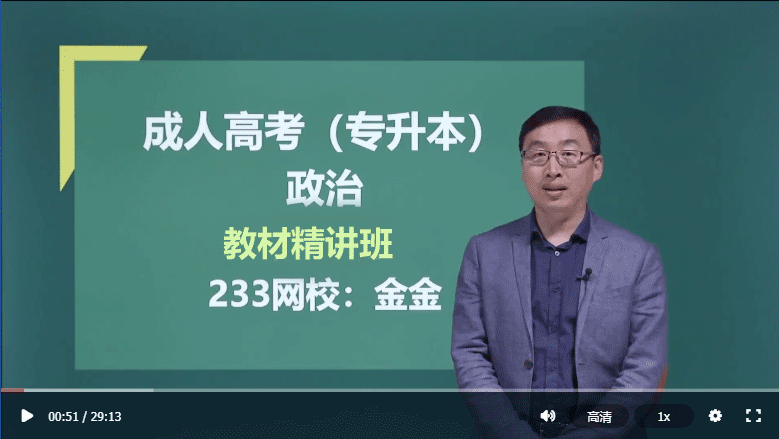хЎщхІц Ё06хЙДцшшБшЏх щЈшЕцтшПшНН(х)
It´s not the flashiest car in the world. Not even close. But the 1971 Volkswagen named Helios can do something most cars can´t: nm on solar energy - energy from the sun´s light and heat!
Joshua Bechtold, 14, and the other students at the Riverside School in Lyndonville, Vermont, worked many months to get Helios ready for the 1999 American Tour de Sol ( "Sol" is the Latin word for "sun"). They named their car after Helios, the sun god in Greek mythology(чЅшЏ).
The 4-year-old Tour de Sol encourages the use of "green", or environmentally friendly, cars to help reduce pollution and save energy. It´ s not a race. Cars arejudged on fuel efficiency(шцВЙщ) rather than speed. In the week-long event, 44 cars took the 350-mile tour from Waterbury, Connecticut, to Lake George, New York. Of the 23 student cars, Helios was the only one built by middle school students.
A teacher drove Helios, but the children talked with people wherever they stopped along the mad. "That was my favorite part," says Anna Browne, 15. "We explained how the car runs.т
Due in part to old, inefficient batteries(чЕцБ ), Helios finished fourth - out of four - in its kind, the sun-powered class. "We were there for the fun of it," Anna says. "We´re proud of Helios," says Ariel Gleicher, 14. "It´s a car that´s good for the environment."
1. What is special about the car Helios in the text?
A. It was built by middle school students.B. It has an´ attractive design.
C. It was made in 1971.D. It won the fourth prize.
2. How many sun-powered cars took part in the race?
A. 1.B. 4.C. 23.D. 44.
3. What would be the best title for the text.´?
A. The Making of HeliosB. 1999 American Tour de Sol
C. Sun-powered Cars on the RoadD. Use of Green Cars in Connecticut
4. The students felt proud of Helios because______.
A. it could run as far as 350 milesB. it was favored by many children
C. it had high-quality batteriesD. it was driven by clean energy
яМ8яМ
The other day, my friend Jane was invited to a 40th birthday party. The time printed on the invitation was 7.30pm. Jane went off with her husband, expecting a merry evening of wine, food, and song.
By 9.45, everybody was having great fun, but no food had appeared. Jane and David were restless. Other guests began whispering that they, too, were starving. But no one wanted to leave, just in case some food was about to appear. By 11.00, there was still no food, and everyone was completely off their heads. Jane and David left hungry and angry.
Their experience suggests that the words an the printed invitations need to be made clearer. Everyone reads and understands the invitations differently. Most of us would agree that 6.30 -8.30pm means drinks only, go out to dinner afterwards; 8.00pm or 8.30pm means possible dinner, but 9.30pm and any time thereafter means no food, oat beforehand, roll up late.
But this is not always the case. If asked to a students´ party at 6.30pm, it is normal for guests not to appear before midnight, if at all, and no one cares. Being the first to arrive - looking eager - is social death. When my mother is asked to a party for 6.30, she likes to be them, if not on lime, then no later than seven. My age group (late thirties) falls somewhere between the two, but because we still think we´re young, we´re probably closer to student-time than grown-up time.
The accepted custom at present is confusing (цЗЗфЙБч), sometimes annoying, and it often means you may go home hungry, but it does lend every party that precious element (цх) of surprise.
1. The underlined words "off their heads" probably mean______.
A. tiredB. crazyC. curiousD. hopeless
2. Jane and David´ s story is used to show that______ .
A. petty-goer8 usually get hungry at partiesB. party invitations can be confusing
C. people should ask for food at partiesD. birthday parties for middle-aged people are dull
3. For some young people, arriving on time for a students´ party will probably be considered____.
A. very difficultB. particularly thoughtful
C, friendly and politeD. socially unacceptable
4. According to the writer, people in their late thirties_______.
A. are likely to arrive late for a partyB. care little about the party time
C. haven´ t really grown up yetD. like surprises at parties
5. What is the general idea of the text?
A. It´ s safe to arrive late just when food is served.
B. It´ s wise to eat something before going to a party.
C. It´ s important to follow social rules of party-going.
D. It´ s necessary to read invitations carefully.
чИх ГцЈш
- 2017хЙДцфККщЋшфИхцЌшБшЏшшЏцЈЁцшЏщЂхчцЁфК03-22
- 2017хЙДцфККщЋшфИхцЌшБшЏшшЏцЈЁцшЏщЂхчцЁфИ03-22
- 2016хЙДцшфИхцЌшБшЏшххВхКшЏщЂхчцЁцБцЛ10-28
- 2016цшфИхцЌшБшЏхЄшшЏщЂхчцЁ14хЅ08-25
- 2016хЙДцфККщЋшфИхцЌшБшЏцЈЁцшЏщЂхчцЁ6хЅ08-04
| ПЮГЬзЈвЕУћГЦ | НВЪІ | дМл/гХЛнМл | УтЗбЬхбщ | БЈУћ |
|---|---|---|---|---|
| гяЮФ(ИпЦ№Еу)ОЋНВАр | ЕЫО§УФ | ЃЄ150 / ЃЄ150 |  |
БЈУћ |
| гЂгя(ИпЦ№Еу)ОЋНВАр | Monica | ЃЄ150 / ЃЄ150 |  |
БЈУћ |
| Ъ§бЇ(ЮФ)ОЋНВАр | ЭѕЗМ | ЃЄ150 / ЃЄ150 |  |
БЈУћ |
| Ъ§бЇ(Рэ)ОЋНВАр | ТогзжЅ | ЃЄ150 / ЃЄ150 |  |
БЈУћ |
| ДѓбЇгяЮФ(зЈЩ§БО)ОЋНВАр | ХЗбєАиСи | ЃЄ150 / ЃЄ150 |  |
БЈУћ |
| гЂгя(зЈЩ§БО)ОЋНВАр | Monica | ЃЄ150 / ЃЄ150 |  |
БЈУћ |
| ИпЕШЪ§бЇ(вЛ)(зЈЩ§БО)ОЋНВАр | ЭѕЬЮ | ЃЄ150 / ЃЄ150 |  |
БЈУћ |
| ИпЕШЪ§бЇ(Жў)(зЈЩ§БО)ОЋНВАр | ТогзжЅ | ЃЄ150 / ЃЄ150 |  |
БЈУћ |
ИЈЕМПЮГЬ
- ИпЦ№Еу-Ъ§бЇ(ЮФЪЗВЦОРр)

- ЭѕЗМРЯЪІ
 УтЗбЪдЬ§
УтЗбЪдЬ§
- ИпЦ№Еу-гЂгя

- MonicaРЯЪІ
 УтЗбЪдЬ§
УтЗбЪдЬ§
- зЈЩ§БО-ДѓбЇгяЮФ

- ХЗбєАиСиРЯЪІ
 УтЗбЪдЬ§
УтЗбЪдЬ§
АрМЖНщЩм
ЬзВЭАќКЌЃКзЈЩ§БОVIPАр/ИпЦ№ЕуVIPАрЃЈКЌОЋНВ+ецЬтНтЮі+ФЃПМЕуЬт)
ЬзВЭгХЪЦЃК1ЁЂЫјЖЈКЫаФПМЕу
2ЁЂПМЧАЗЂЗХ2ЬзЪдЬт
3ЁЂУтЗбжибЇвЛДЮБЃеЯ
ХфЬзЗўЮёЃК1ЁЂУтЗбЬтПт
2ЁЂПЮГЬНВвх+ПЮМўЯТди+вЦЖЏПЮЬУ







 УтЗбЪдЬ§
УтЗбЪдЬ§ 




